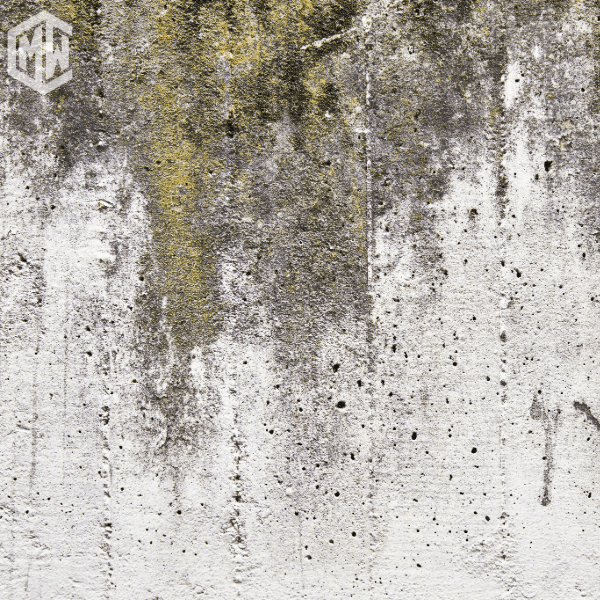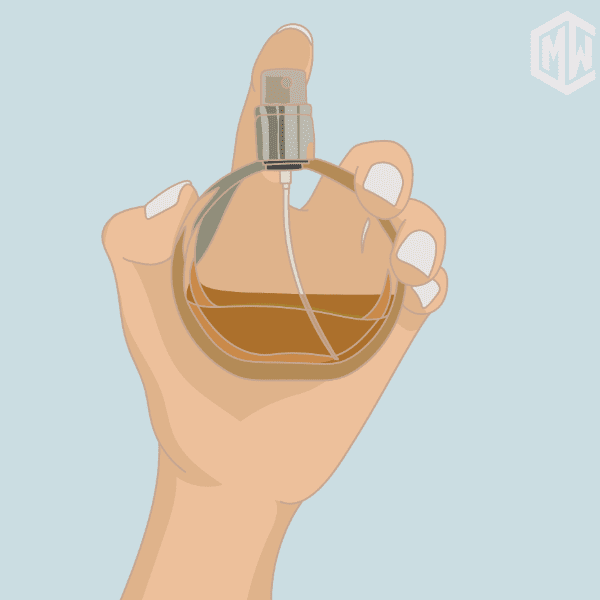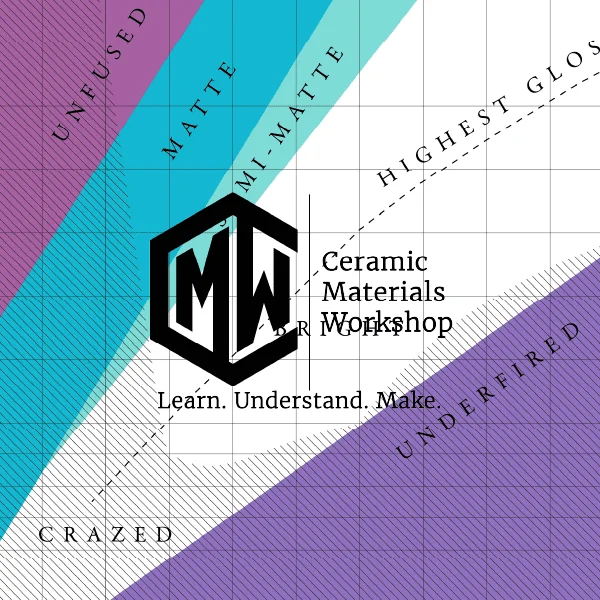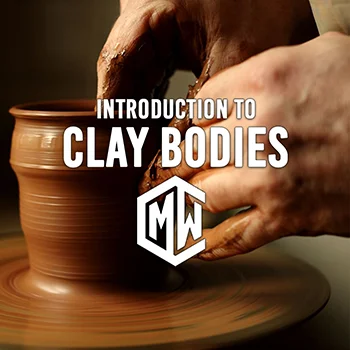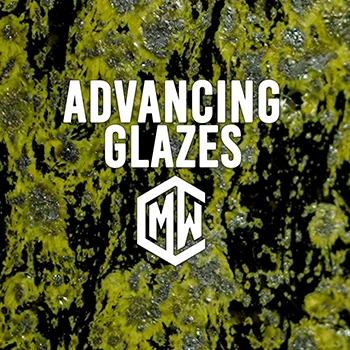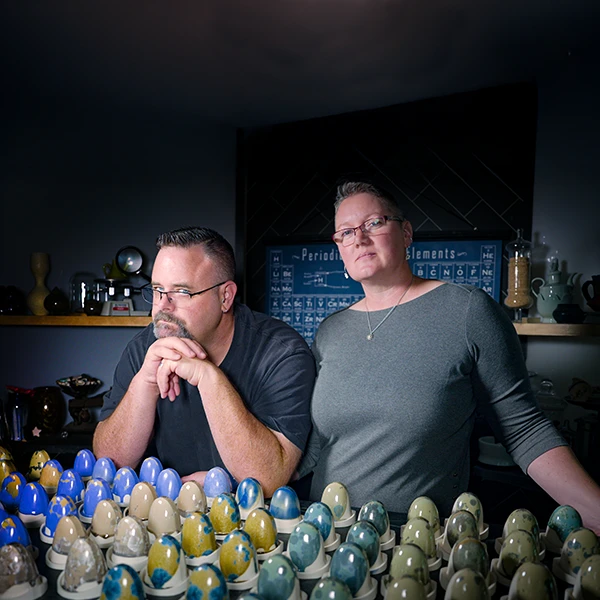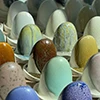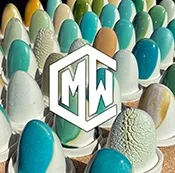Vinegar in Clay: Miracle Cure or Myth?
In one of our recent For Flux Sake episode 103, What Does Vinegar do to Clay? Spencer from Texas dives into a common pottery practice: adding vinegar to clay. Matt, with his scientific approach, explains that vinegar (acetic acid) acts as a temporary dispersant, making clay more fluid for joining.
But don’t be fooled – it’s no substitute for proper clay preparation!
In ceramics, vinegar (acetic acid) is used in clay primarily for its temporary deflocculant or dispersant properties. It’s not a magical additive that permanently changes the clay’s fundamental characteristics or makes it inherently “better” in the long run.

Hold up– What if I am experiencing mold on my clay? Check out CMW’s Article: Mold Mayhem: Tales From The Clay Bin
Here’s a breakdown of why potters might use vinegar in clay:
- To Improve Workability and Joining (Temporary Deflocculation):
- Changing pH: Vinegar is an acid. When added to clay, it lowers the pH of the clay body.
- Altering Particle Charge: Clay particles naturally have a surface charge. By changing the pH, vinegar temporarily alters this charge, causing the clay particles to repel each other more effectively.
- Making Slip More Fluid: This repulsion of particles makes the clay mixture, especially a clay slip (liquid clay), more fluid and less viscous, even with a lower water content. This is similar to how chemical deflocculants like sodium silicate work, but vinegar’s effect is less potent and more temporary.
- Better Adhesion for Joining: A more fluid slip created with vinegar can create a stronger bond when joining two pieces of clay (e.g., attaching a handle to a mug). The thinner slip can penetrate the pores of the clay more effectively, creating a better “glue.” Some potters believe it helps “bite” into the surface.
- To Revive Stiff or Short Clay:
- If a clay body is feeling a bit “short” (lacking plasticity and prone to cracking when bent), a small amount of vinegar might temporarily improve its workability by helping the particles slide past each other more easily. However, this is a very short-term fix and doesn’t address the underlying issues of the clay body’s composition or hydration.
Psst..Want to know the REAL reason we glaze in ceramics? Read more: Seal the Deal: The Real Reason We Glaze in Ceramics
Important Considerations and Misconceptions:
- Temporary Effect: The key word here is “temporary.” The deflocculating effect of vinegar is not permanent. As the clay dries or is worked, the pH can return to its original state, and the effect diminishes.
- Not a Plasticizer: Vinegar does not permanently improve the plasticity of the clay. Plasticity is a fundamental property related to the clay minerals’ structure and water absorption. Vinegar won’t turn a non-plastic clay into a highly plastic one.
- Small Amounts: If used, only very small amounts are needed. Too much vinegar can actually have a detrimental effect, making the clay too “soupy” or causing issues with drying and firing.
- Alternative to Commercial Deflocculants: For making casting slip or highly fluid slips, commercial deflocculants like sodium silicate or Darvan 7 are much more effective and consistent than vinegar.
- “Sour Clay” Myth: There’s a persistent myth that adding vinegar “sours” the clay in a beneficial way, similar to how aging clay with bacteria can improve plasticity. While some microbial activity can occur in clay, vinegar’s primary action is chemical (pH change), not biological, and it doesn’t replicate the long-term benefits of true clay aging.
In conclusion, vinegar is a simple, readily available tool for a specific, temporary purpose: to make clay more workable for certain tasks, particularly joining. It’s not a general “fix-all” for clay problems.
Watch the full Podcast!
For Flux Sake episode 103, What Does Vinegar do to Clay?: Have you ever wondered why vinegar is added to joining slip? This week on the show the gang talk about the use of vinegar in the studio and the absorption rates of blending reclaimed clays. They also answer a listener’s question about glazing terracotta flower pots.
For Flux Sake is hosted by Matt and Rose Katz of the Ceramics Materials Workshop along with Kathy King of the Harvard Ceramics Program. Together they answer your burning questions about clay and glaze. In each episode they answer listener submitted questions in a comical, but also insightful way.
This show will have you laughing and learning about glaze chemistry the chemistry behind ceramics in no time. New episodes typically drop every 2 weeks.
Ready to dive deeper?
Loved learning about ceramic glazes? Want to go even deeper? Check out our Workshops & Courses, now available in Spanish, or YouTube Channel where Matt breaks it all down, myth-busting and Stull chart included!


